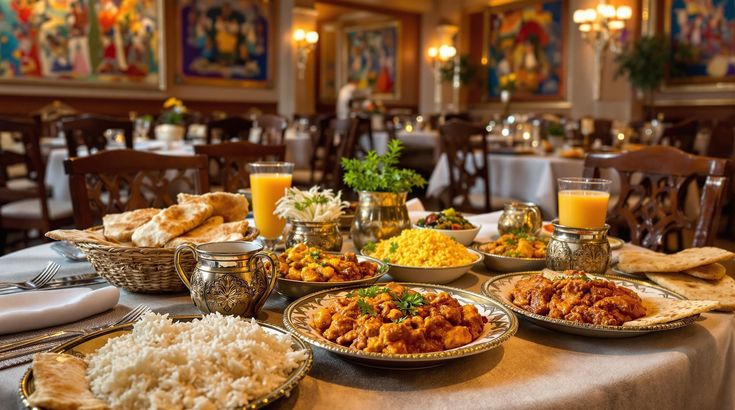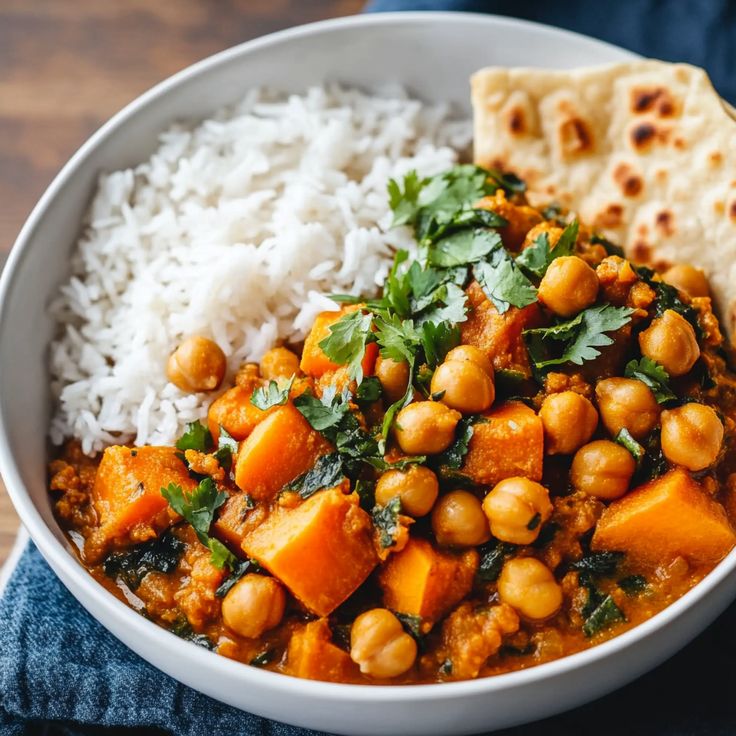Çeciir is a traditional dish that carries rich cultural significance in certain regions. Known for its unique flavors and ingredients, this dish is often associated with specific communities or cultural practices. In this article, we will explore the origins, preparation, and importance of Çeciir as a dish, shedding light on its place in the culinary world.
What is Çeciir?

Çeciir is a dish that may vary in its exact recipe depending on the region, but it is often known for its simplicity, delicious flavors, and the use of locally available ingredients. This dish is part of the broader category of traditional foods that highlight the cultural heritage of the people who prepare and enjoy it. It can be a savory or a sweet dish, depending on the local traditions.
Ingredients and Preparation of Çeciir
Like many traditional dishes, the ingredients and preparation methods for Çeciir may vary, but there are some common elements that define its core:
- Grains and Legumes: In many regions, Çeciir is made using grains like wheat or rice, and legumes such as chickpeas. These ingredients form the base of the dish and provide its hearty texture.
- Herbs and Spices: Çeciir is often flavored with aromatic herbs and spices. Commonly used spices include cumin, coriander, garlic, and fresh herbs like parsley and dill, which enhance the dish’s taste and aroma.
- Meat or Vegetables: Depending on the region, Çeciir can be prepared with meat, such as lamb or chicken, or it can be a vegetarian version featuring a variety of vegetables like tomatoes, carrots, and onions.
- Broth or Sauces: The dish may be served in a rich broth or a sauce that complements its ingredients. Some versions of Çeciir use a light vegetable stock, while others may include a tomato-based sauce.
Regional Variations of Çeciir
Since Çeciir is a traditional dish, it often reflects the culinary traditions of the region where it is prepared. Here are some common regional variations:
- Turkish Çeciir: In Turkish cuisine, Çeciir is often made as a comforting, savory stew with a combination of rice, chickpeas, and lamb or chicken. The dish may be cooked slowly to allow the flavors to meld together, making it a satisfying and hearty meal.
- Middle Eastern Influences: In some Middle Eastern countries, Çecir may be prepared with spices like cinnamon, allspice, and turmeric. It may also be garnished with fried onions or nuts, offering a rich blend of flavors that highlight the region’s spice-heavy culinary traditions.
- Vegetarian Versions: In regions where meat is not a staple part of the diet, Çecir can be made as a vegetarian dish. The grains and legumes are paired with a variety of fresh vegetables and herbs to create a flavorful and nutritious meal.
How to Serve Çeciir
Çecir is a versatile dish that can be served in a variety of ways depending on the occasion. It is commonly served as a main course, either alone or with a side of bread, rice, or a salad. In some regions, it may be served as part of a larger meal, alongside other traditional dishes. For special occasions or festivals, Çecir may be prepared in larger quantities and shared with family and friends.
The Cultural Importance of Çeciir
In many cultures, food is more than just sustenance—it is a way to connect with heritage, community, and family. Çecir, like many traditional dishes, holds cultural significance. It is often prepared for celebrations, gatherings, or rituals, and its preparation can be a way to pass down culinary knowledge through generations.
In certain regions, the dish may hold symbolic meaning, representing unity or the nurturing of family and community. It is also a dish that reflects the resourcefulness of people who historically made use of the ingredients available to them in their environment.
FAQs
1. What is Çeciir?
Çecir is a traditional dish that may include grains like wheat or rice, legumes like chickpeas, and meat or vegetables. It can be savory or sweet and is enjoyed in various regional cuisines, often with unique spices and preparation methods.
2. What are the main ingredients in Çeciir?
Common ingredients include grains (such as wheat or rice), legumes (like chickpeas), meat (such as lamb or chicken), and a variety of herbs and spices, including cumin, garlic, and parsley.
3. Is Çeciir a vegetarian dish?
While Çecir can be made with meat, there are many vegetarian versions of the dish that focus on legumes, grains, and vegetables. The choice of meat or vegetables can vary depending on regional traditions.
4. How is Çeciir traditionally served?
Çecir is typically served as a main dish, often with a side of bread, rice, or salad. It is commonly prepared for family meals or special occasions, where it may be shared with others.
5. What are some variations of Çeciir?
The preparation of Çecir can vary by region. In Turkish cuisine, it may include rice, chickpeas, and meat, while Middle Eastern variations may use spices like cinnamon and allspice. The dish can also be made with different vegetables, especially in vegetarian versions.
6. What is the cultural significance of Çeciir?
Çecir holds cultural significance as a dish passed down through generations. It is often associated with family gatherings, celebrations, and traditions, serving as a link to the past and a way to connect with one’s heritage.
Conclusion
Çecir is a dish with deep cultural roots, offering a unique blend of flavors and ingredients. Whether enjoyed as a hearty stew with meat or a lighter vegetarian version, this traditional dish serves as both a delicious meal and a way to preserve cultural heritage. Its versatility in preparation and serving makes it a beloved dish in various regions, and its rich history continues to shape the culinary traditions of the communities that cherish it.










